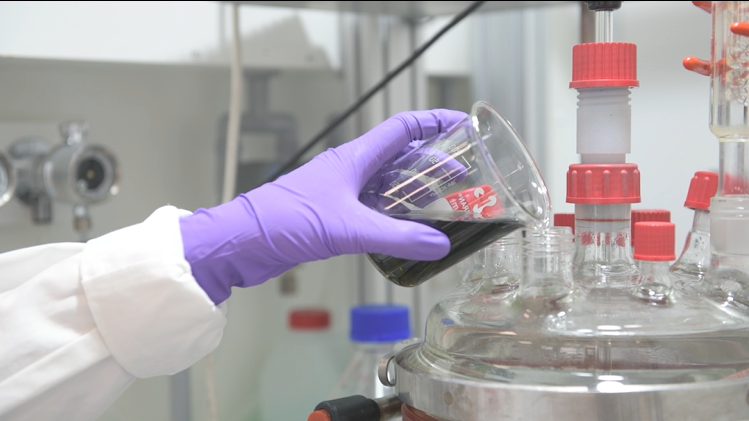Interview — 07 Sep 2021
Read about the work carried out for ASTRABAT by Dr Herraiz Cardona and Mr Alberola Borràs from LOMARTOV, focused on evaluating and optimising the sustainability of ASTRABAT’s new solid-state battery prototype.
Dr. Isaac Herraiz Cardona works on the development, synthesis, and characterization of novel materials and chemicals, while Mr Jaume Adrià Alberola Borràs is concluding his PhD thesis on the evaluation of the environmental impacts of innovative types of solar cells through Life Cycle Assessment.
One word guides your work in ASTRABAT – sustainability. What is the role of your team in the project and how does it relate to this concept?
LOMARTOV is in charge of assessing, validating, and optimising the environmental and economic footprint of ASTRABAT’s all-solid-state-battery. We also draw up recommendations to make sure that the project is aligned with European legislation, as well as strategies to meet the demand for clean, safe, and recyclable energy for electric vehicles.
These are certainly crucial requirements for batteries in the near future. And what expertise is your team bringing to that end?
We bring our know-how on chemical engineering, electrochemistry, and material sciences through skills and methodological tools such as the Eco-design approach, Life Cycle Analysis (LCA), and the knowledge of regulatory compliance. These skills allow us to identify the main impacts associated with the battery development at all the stages of its life cycle (from the extraction of raw materials up to the end-of-life stages) and find sustainable solutions meeting the standards set by current legislation.
It really takes all-round knowledge to be able to handle all those aspects! Could you talk us through your research?
Sure! Our work consists of evaluating and optimising the sustainability profile of the new solid-state battery prototype. To this aim, we are applying the eco-design approach to guide the partners working on the materials and processes development. This will help them select the best options based on a trade-off between performance and their environmental and economic impact.
What does it involve, specifically?
This step is particularly valuable since it allows us not only to select all the downstream components and production processes that are going to be used to develop the battery prototype, but also to provide the battery developers with specific parameters to help them chose the most environmentally friendly options. Once all the battery components are selected and tested, a complete Environmental and Economic Life Cycle Assessment will be performed to validate the increased sustainability performance of the technology compared to state-of-the-art solutions. This will also offer a pathway for scaling it up.
Sounds like a challenging task!
Indeed, it is, but we are glad to take this responsibility in ASTRABAT, and to be able to contribute to such a high impact project in e-mobility, addressing one the most important challenges of our century.



